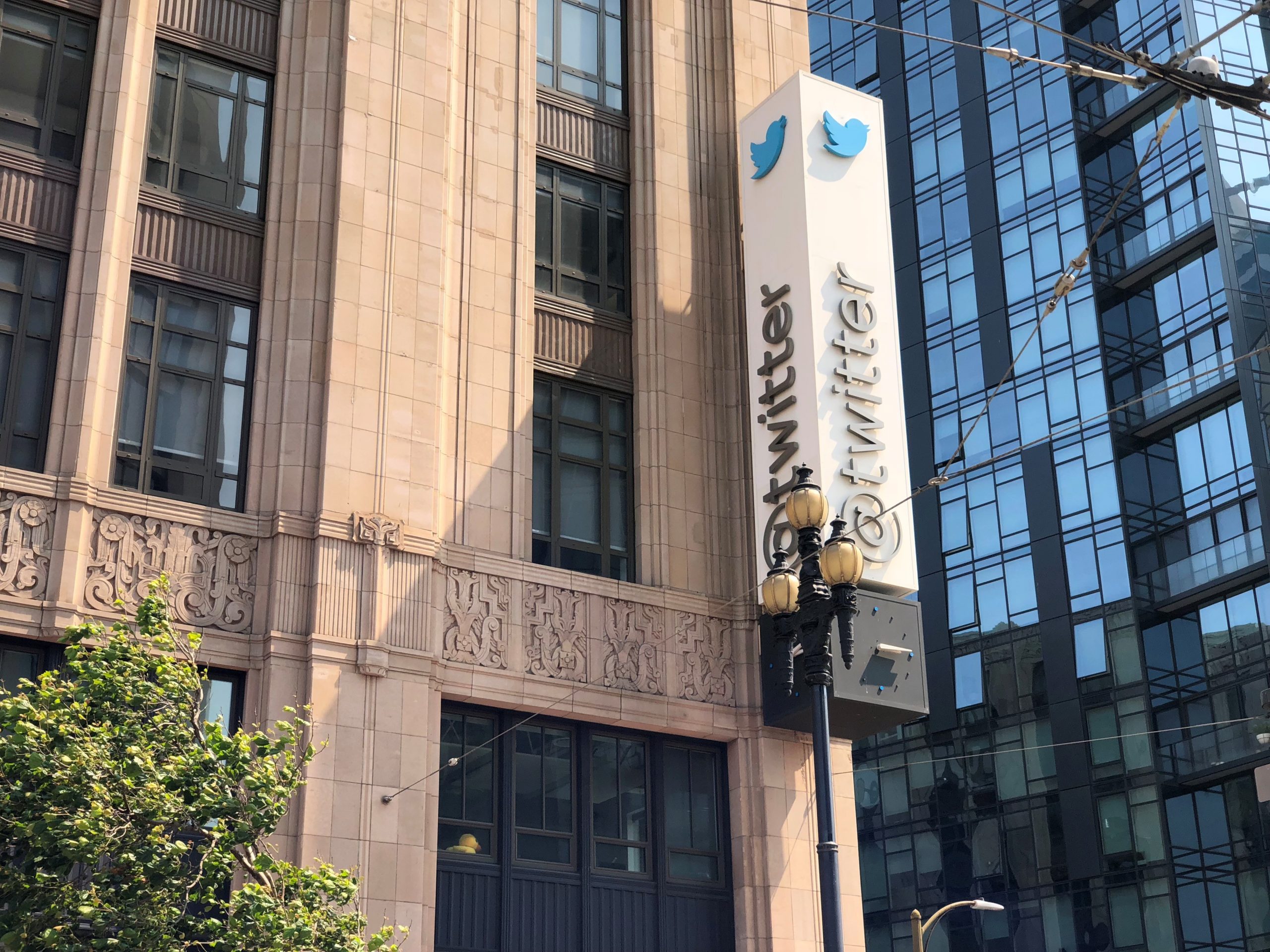Three Steps CEOs And CMOs Should Consider When Managing A Pivot
It is often understood that those who embrace change outperform and outlast those who do not.

We used to say entities “smartly pivoted” when they changed concentration or focus from traditional core capabilities to those management teams deemed to have longer-term prospects for creating differentiated and sustainable value. A classic example took place in 2006 when board members of the startup Odeo, sensing the probable demise of their podcasting business due to bigger companies getting into the space, “pivoted” and focused on the short message service (SMS) piece of their service, which they called “twttr.” Soon thereafter, Twitter as we now know it was born.
Unfortunately, political discourse has caused “pivot” to become an overused term, often with pejorative connotations. And, for the moment, words still matter. However, if or when “pivot” is dropped in favor of “transformed” or “evolved” as a description denoting when an organization makes significant changes — mission, management, products and services or research and development — managing the resulting brand positioning/repositioning will instantly become a complicated task for the public relations team.
The reasons are obvious. Management expects properly planned and executed spin to obviate the risks associated with “changing things up.”
Understanding the risks of improper messaging with key external and internal audiences and mitigating them to the extent possible during a significant business reorganization, course correction or transformation is just the beginning. Getting the messaging right and accepted by critical stakeholders is why managing a pivot correctly is so vital and demands true expertise.
It’s a marathon, not a sprint.
As noted, we live in an age where those who are not agile enough to change with the times do so at their own risk. Look at the list of Fortune 500 companies from 20 years ago and compare it to today’s if you need confirmation. A large number of household names are gone. Plus, the FANG companies (Facebook, Amazon, Netflix, and Google) now rank ahead of some of the legacy energy companies and financial service institutions, not to mention media conglomerates.
The reality is that best practice brand stewardship requires that the value being created due to the accommodation of change be perceived by stakeholders as a great thing. That’s why getting the word out and in a well-orchestrated and optimal manner is essential. It demands careful planning and constant nurturing.
Bospar has extensive experience with successful pivots, particularly with tech companies in dynamic markets. Our high-level advice if your organization is planning a pivot is to start with the basics. In the fast-moving tech sector, whether your company is private or public, big or small, three best practices when making a substantive product and/or service change are to:
1. Position your move as something customers demand based on a core competency.
2. Get “friendly” analysts to highlight how the new area of concentration not only is a fit with your skills but is a more robust opportunity than your legacy market.
3. Be clear to all stakeholders on the timing of the changes to be made and support for existing products and customers.
The last point is critical. Even if the plan is to exit a market, spooking investors and customers into believing you are abruptly abandoning what had been your key market can be like throwing fuel on the fire of speculation that you are going out of business.
Create a clear and timely narrative of change.
What we have found successful — even in the midst of all of the likely surrounding drama when the news breaks that your company is doing something bold — is that there needs to be a cadence of announcements that helps to keep the collective stakeholder blood pressure low.
This all comes back to creating a narrative that is plausible and provable.
At Bospar, we are not fond of the term “spin” to describe what we do for clients implementing a pivot. This common public relations term, like “pivot,” has taken on some unflattering meanings. Instead, we look at the need to accommodate change and be recognized as moving faster than the market as an opportunity for our clients to succeed.
A pivot is a chance for any entity to reintroduce itself. It provides a tool for enhancing engagement with key external influencers, including analysts, investors, media and customers, and demonstrating technology, thought and/or market leadership. For companies with flagging reputations, it is a chance to start fresh. And for companies with good or great reputations, it is a way to burnish the brand by showing that it is focused on the future.
In theory, making a pivot can — and should — be a good thing and not an excuse for failure. That is the trick. It is a challenge to make the messaging create an environment for optimal perceptions. Our advice is to follow the adage of “let the trend be your friend.” In a world where leveraging change is clearly a friendly trend, you need to pivot to make this an integral part of your story.
This article first appeared in Forbes.